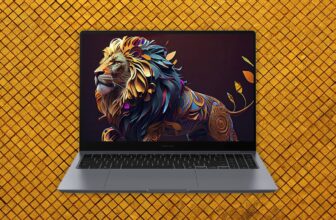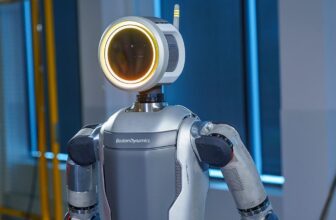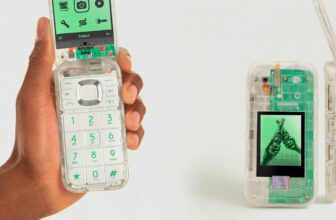
The viral, AI-generated pictures of Donald Trump’s arrest chances are you’ll be seeing on social media are positively faux. However a few of these photorealistic creations are fairly convincing. Others look extra like stills from a online game or a lucid dream. A Twitter thread by Eliot Higgins, a founding father of Bellingcat, that reveals Trump getting swarmed by synthetic cops, operating round on the lam, and picking out a prison jumpsuit was seen over 3 million instances on the social media platform.
What does Higgins assume viewers can do to inform the distinction between faux, AI pictures, like those in his submit, from actual images that will come out of the previous president’s potential arrest?
“Having created loads of pictures for the thread, it is obvious that it usually focuses on the primary object described—on this case, the varied Trump relations—with every thing round it usually having extra flaws,” Higgins stated over e-mail. Look outdoors of the picture’s focus. Does the remainder of the picture look like an afterthought?
Regardless that the most recent variations of AI-image instruments, like Midjourney (model 5 of which was used for the aforementioned thread) and Secure Diffusion, are making appreciable progress, errors within the smaller particulars stay a typical signal of faux pictures. As AI artwork grows in reputation, many artists point out that the algorithms nonetheless battle to duplicate the human physique in a constant, pure method.
Trying on the AI pictures of Trump from the Twitter thread, the face seems pretty convincing in most of the posts, as do the arms, however his physique proportions might look contorted or melted into a close-by police officer. Regardless that it’s apparent now, it’s doable that the algorithm may be capable of keep away from peculiar-looking physique components with extra coaching and refinement.
Want one other inform? Search for odd writing on the partitions, clothes, or different seen objects. Higgins factors towards messy textual content as a strategy to differentiate faux pictures from actual images. For instance, the police put on badges, hats, and different paperwork that seem to have lettering, at first look, within the faux pictures of officers arresting Trump. Upon nearer inspection, the phrases are nonsensical.
An extra method you possibly can generally inform a picture is generated by AI is by noticing over-the-top facial expressions. “I’ve additionally seen that in the event you ask for expressions, Midjourney tends to render them in an exaggerated method, with pores and skin creases from issues like smiling being very pronounced,” Higgins stated. The pained expression on Melania Trump’s face seems extra like a re-creation of Edvard Munch’s The Scream or a nonetheless from some unreleased A24 horror film than a snapshot from a human photographer.
Remember the fact that world leaders, celebrities, social media influencers, and anybody with giant portions of images circulating on-line might seem extra convincing in deepfaked images than AI-generated pictures of individuals with much less of a visual web presence. “It is clear that the extra well-known an individual is, the extra pictures the AI has needed to be taught from,” Higgins stated. “So very well-known persons are rendered extraordinarily effectively, whereas much less well-known persons are often a bit wonky.” For extra peace of thoughts concerning the algorithm’s capability to re-create your face, it may be value pondering twice earlier than posting a photograph dump of selfies after a enjoyable night time out with mates. (Although it’s probably that the AI generators have already scraped your picture knowledge from the net.)
Within the lead-up to the following US presidential election, what’s Twitter’s coverage about AI-generated pictures? The social media platform’s current policy reads, partly, “Chances are you’ll not share artificial, manipulated, or out-of-context media that will deceive or confuse folks and result in hurt (‘deceptive media’).” Twitter carves out a number of exceptions for memes, commentary, and posts not created with the intention to mislead viewers.
Only a few years in the past, it was almost unfathomable that the common particular person would quickly be capable of fabricate photorealistic deepfakes of world leaders at dwelling. As AI pictures change into tougher to distinguish from the true deal, social media platforms might have to reevaluate their strategy to artificial content material and try to search out methods of guiding customers by way of the advanced and infrequently unsettling world of generative AI.






